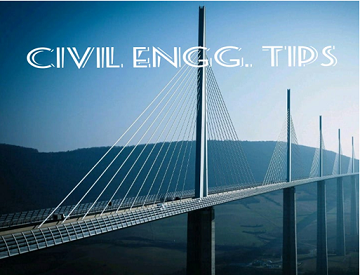The rail is designated by its weight per unit length. In FPS units, it is the weight in lbs per yard and in metric units it is in kg per meter. A 52 kg/m rail denotes that it's a weight of 52 kg per meter.
The standard rail sections in use on Indian Railways are 60 kg, 52 kg, 90 R, 75 R, 60 R and 50R. The two heavier rail sections, 60 kg and 52 kg, were recently introduced and are designated in metric units. Other rails are designed as per the revised British Standard specifications and are designated in FPS units though their dimensions and weight are now in metric units. In the nomenclature 90 R, 75 R, etc., R stands for revised British specifications.
Factors Affecting for selection of rail section:
The weight of a rail and its section is set after considerations like the following:
(a) Heaviest axle load
(b) Maximum permissible speed
(c) Depth of ballast cushion
(d) Type and spacing of sleepers
(e) Other miscellaneous factors
Weight of rails:
Though the weights of a rail and its section depend on various considerations, the heaviest axle load that the rail has to got to carry plays the foremost important role. The following is that the thumb rule for outlining the maximum axle load with reference to the rail section:
Maximum axle load = 560 × sectional weight of rail lbs per yard or kg per meter
For rails of 90 lbs per yard,
Maximum axle load = 560 × 90 lbs = 50,400 lbs or 22.5 t
For rails of 52 kg per m,
Maximum axle load = 560 × 52 kg = 29.12 t
Length of rails:
Theoretically, the longer the rail, the lesser the amount of joints and fittings required and therefore the lesser the value of construction and maintenance. Longer rails are economical and provide smooth and comfortable rides for passengers. The length of a rail is, however, restricted due to the subsequent factors.
(a) Lack of facilities for transport of longer rails, particularly on curves.
(b) Difficulties in manufacturing very long rails.
(c) Difficulties in acquiring bigger expansion joints for long rails.
(d) Heavy internal thermal stresses in long rails.
Taking the above factors into consideration, Indian Railways has standardized a rail length of 13 m (previously 42 ft) for broad gauge and 12 m (previously 39 ft) for MG and NG tracks. Indian Railways is also planning to use 26 m, and even longer, rails in its track system.









